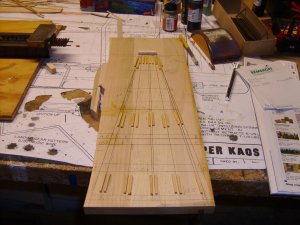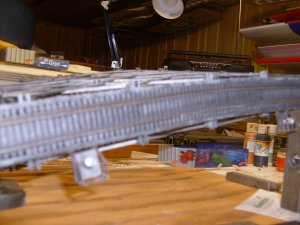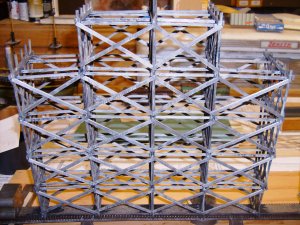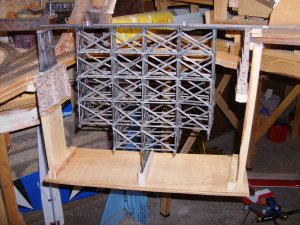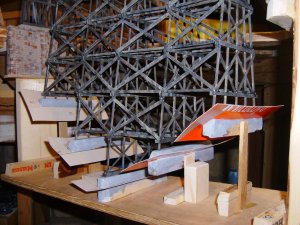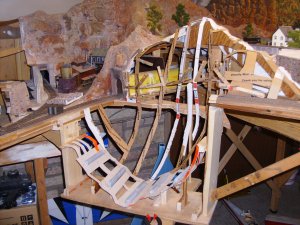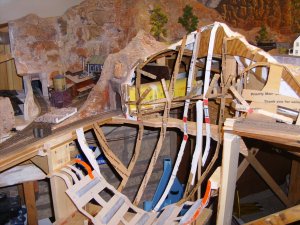You're not the first by a long shot to lament the diminishing (won't say dying, 'cause modellers like you will keep that side of it alive) interest in "make almost everything yourself" side of this great hobby. Often gets raised. It's a bit like when fibreglass bodies and body parts entered the car building "hobby" (Hot Rods, Modified Street cars in particular, my other interest), I can remember the phrase, oft still repeated "Steel is real, Glass is Ass" of the diehard builders. This faded because of the lack of real steel, older cars.
I am among the fans of RTR, not just because of time constraints, and even now there are still plenty of those (whoever told me retirement was when you could be free and do as you like was either a liar or very, very rich and already well set up) Life for most today is more tightly packed, but in my case, I also admit to not having the skills or the patience to build the trains in particular, buildings probably, trackwork, yes. Scenery yes. but I love the detail that they can put into the stuff today and appreciate the control and sound that would be extremely rare if only the full DIYers were all there was to this hobby. No-one should look down on another modeller if his, or her skills or interest level varies from theirs. It's a hobby, we all must enjoy it in our own way and rejoice that there has, because of the ready availability of ready built models of all levels, entry or ultra detailed to warm the cockles of the heart, renewed interest when it looked as though it had a terminal disease. To the hobby in all it's facet's, I say "Live long and prosper".
